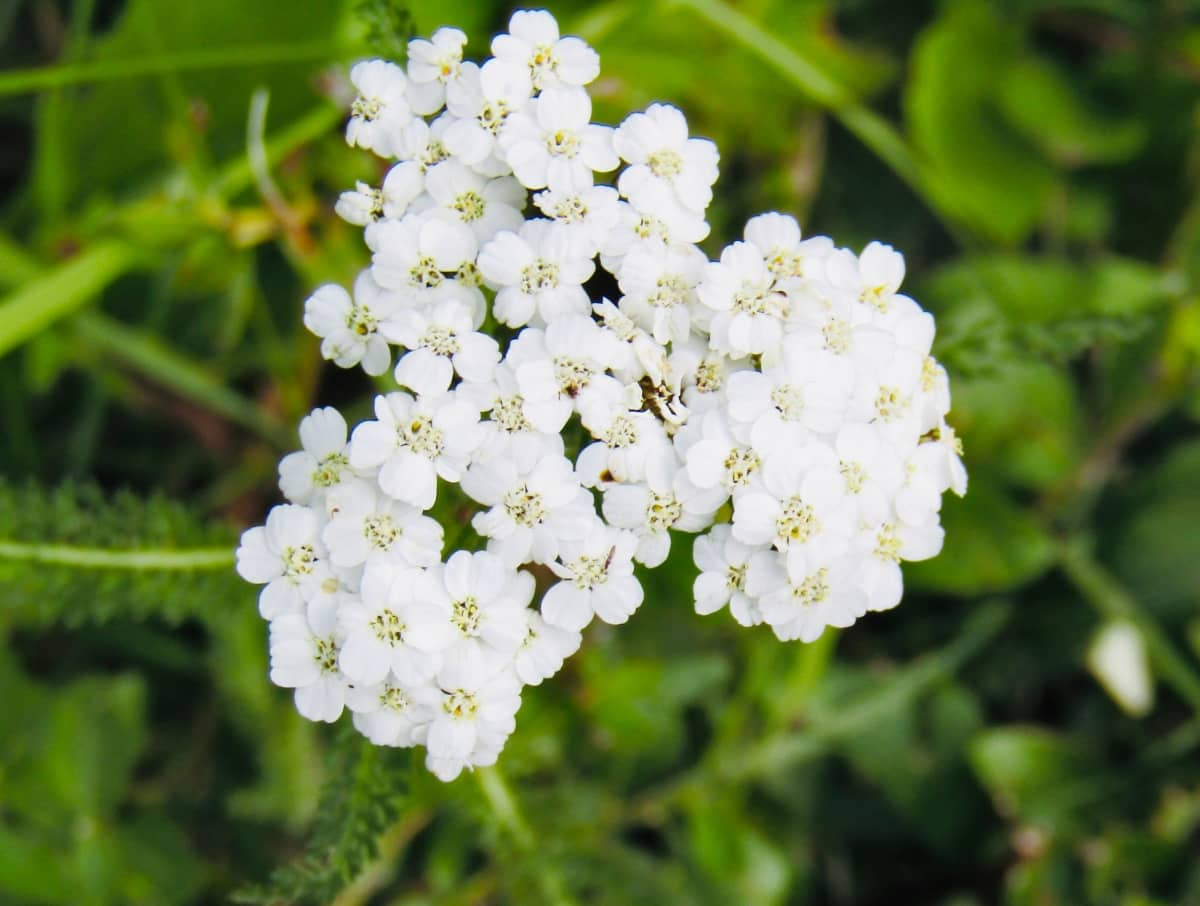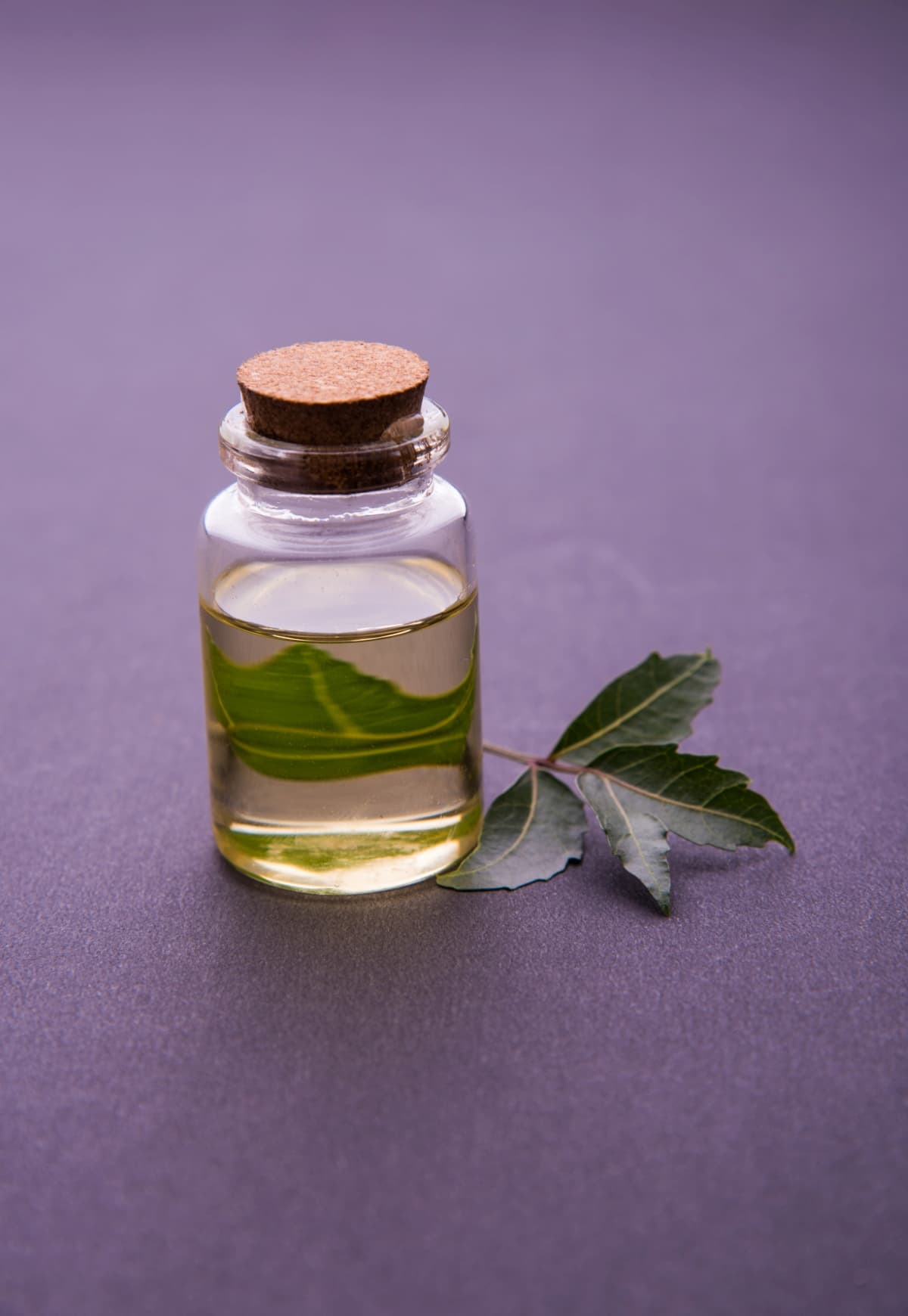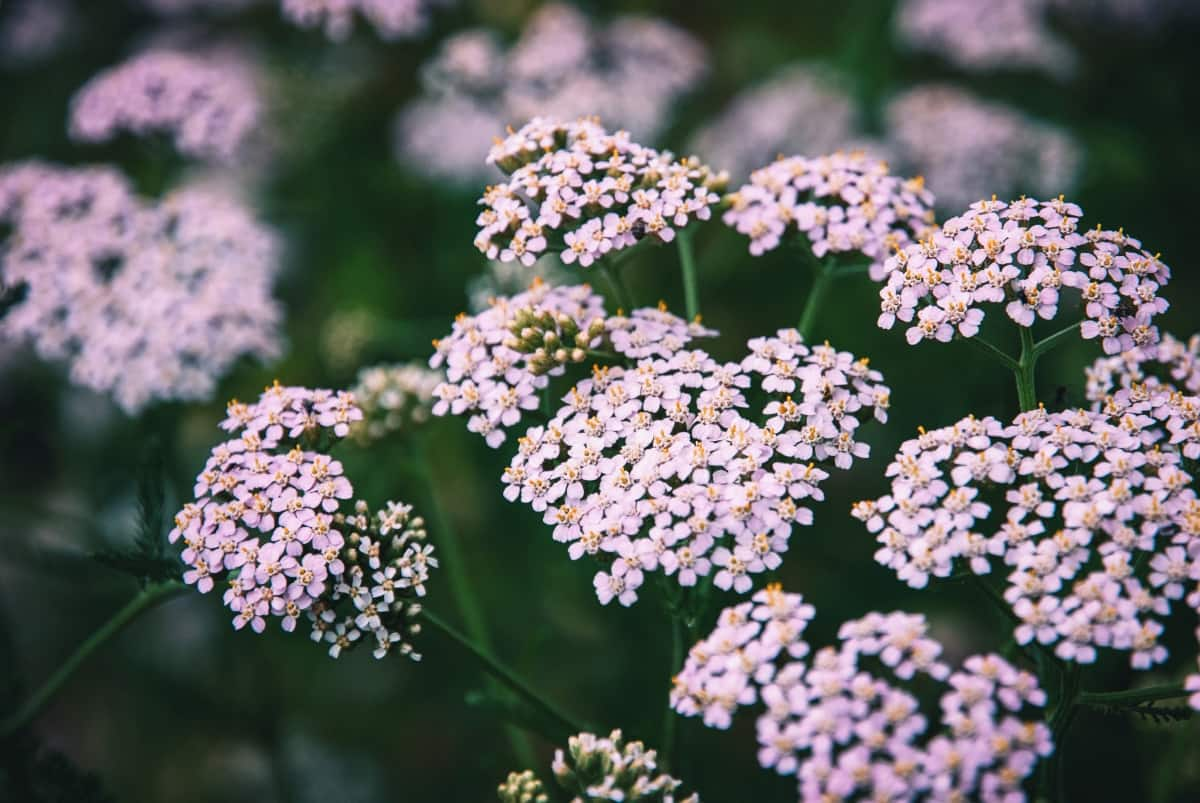Yarrow, a popular garden plant known for its feathery foliage and clustered flowers, often attracts pests like aphids and spider mites. Using neem oil on yarrow plants is a safe and effective way to tackle these issues without resorting to harsh chemicals. Neem oil functions by interrupting pests’ life cycles and discouraging them from feeding and reproducing on plants.

This organic remedy is especially advantageous for yarrow plants, as it promotes their well-being and vitality without causing harm to beneficial insects crucial for pollination and pest management. In addition to its pest-repelling properties, neem oil also offers fungicidal benefits, protecting yarrow plants from various fungal diseases. Discover the natural prowess of neem oil in safeguarding yarrow plants from pests and diseases, and learn the best practices for its application through this comprehensive guide.
How to Use Neem Oil on Yarrow
How to Prepare Neem Oil to Use on Yarrow Plants
To prepare neem oil for use on yarrow plants, start by creating a neem oil spray recipe. This involves mixing a specific concentration of neem oil with water and a mild soap, which acts as an emulsifier. How to mix neem oil for plants involves combining approximately two teaspoons of neem oil with one liter of water and a few drops of mild liquid soap. This mixture should be shaken well to ensure the oil is thoroughly dispersed in the water.
It’s important to use a mild, non-detergent soap to avoid harming the plants. The preparation of this mixture should be done carefully, making sure the concentration of neem oil is not too high, which can risk damaging the yarrow plants. Once prepared, the neem oil mixture should be used promptly, as its potency diminishes over time.
How to Apply Neem Oil on Yarrow Plants
Applying neem oil on yarrow plants is a straightforward process. To effectively protect against pests, it’s important to uniformly apply the coating to both the top and bottom sides of the leaves since pests frequently inhabit the underside of the foliage. Do you spray neem oil on soil or leaves? While the primary focus should be on the leaves, it’s also beneficial to spray the soil around the yarrow plants. This helps to target pests that reside in the soil and can prevent larvae from developing into adult pests.
In case you missed it: How to Use Neem Oil on African Violets: A Natural Way to Get Rid of Bugs from African Violets

When applying neem oil, it’s best done during cooler parts of the day, like early morning or late afternoon, to avoid leaf burn. For indoor yarrow plants, how to use neem oil on plants involves the same method, ensuring good ventilation and avoiding over-spraying, which can lead to excessive moisture and potential fungal growth.
Mixing and Dilution for the Right Concentration of Neem Oil for Yarrow Plants
The mixing and dilution of neem oil for yarrow plants are critical steps to ensure effectiveness and safety. The right concentration is essential to prevent harm to the plants. A common concentration is about 2% neem oil, which translates to about 2 teaspoons of neem oil per liter of water. The extent of this can differ depending on the seriousness of the pest issue and the plant’s susceptibility. Over-concentration of neem oil can lead to leaf burn or even harm the plant, so it’s important to follow the neem oil spray recipe closely.
Can Neem Oil Be Used on All Yarrow Plant Varieties?
It’s always prudent to exercise caution, especially when dealing with different types of yarrow plants. Some varieties may be more sensitive to neem oil than others. To ascertain whether neem oil is safe for a specific variety of yarrow, a patch test on a small area of the plant can be conducted. This involves applying the neem oil mixture to a small section and monitoring the plant for any negative reactions over a 24-hour period. If there are no signs of damage or stress, it’s safe to assume that neem oil can be used on that particular yarrow variety.
How Long Does Neem Oil Stay Effective on Yarrow Plants?
The effectiveness of neem oil on yarrow plants varies depending on factors like weather conditions, pest infestation severity, and application frequency. Typically, neem oil stays active for about one to two weeks after application. Regular monitoring of the yarrow plants is essential to determine if reapplication is necessary. In case of heavy rain or watering, the neem oil may be washed off, necessitating a sooner reapplication. For continuous protection, applying neem oil every two weeks is generally recommended, especially during the growing season when pest activity is high.
In case you missed it: How to Use Neem Oil on Lily Plants: Best Natural Way to Get Rid of Pests on Lily Plants

Using Neem Oil in Combination with Other Pest Control Methods
Although neem oil is a useful tool for managing pests on yarrow plants, its efficacy can be augmented when utilized alongside complementary pest control strategies. This integrated approach can include physical methods like removing infected leaves or using water sprays to dislodge pests, as well as introducing beneficial insects that prey on common pests.
Combining neem oil with these methods can provide a more comprehensive pest management solution. When incorporating neem oil alongside other pest control techniques, it’s crucial to verify their compatibility to avoid any conflicting outcomes. For instance, using neem oil alongside chemical pesticides may not always be advisable, as it could lead to unintended consequences for the plant’s health.
Some Common Pests and Diseases that Neem Oil Can Control on Yarrow Plants
Neem oil demonstrates efficacy in combating a range of pests and diseases frequently encountered by yarrow plants. These include aphids, which suck the sap from the plants, spider mites that cause leaf discoloration and damage, and whiteflies that can lead to sooty mold. Neem oil also helps in managing fungal diseases like powdery mildew and rust, which often affect yarrow plants. Its fungicidal properties prevent the spores from germinating, thereby reducing the spread of these diseases. Regular application of neem oil can significantly reduce the incidence of these pests and diseases, keeping yarrow plants healthy.
How to Monitor the Effectiveness of Neem Oil on Yarrow Plants
To monitor the effectiveness of neem oil on yarrow plants, regularly inspect the plants for signs of pest activity and disease. Look for changes in the number of pests, such as aphids or mites, and check for improvements in the overall health of the plant. Noticeable reductions in leaf damage or the presence of new, healthy growth are good indicators of neem oil’s effectiveness.
Keeping a record of application dates and observations can be helpful in assessing the treatment’s success and determining the need for reapplication. Consistent monitoring allows for timely adjustments in pest management strategies, ensuring the optimal health of yarrow plants.
Safety Precautions to Take when Using Neem Oil on Yarrow Plants
When using neem oil on yarrow plants, it’s important to take certain safety precautions. Always wear protective gloves and avoid direct skin contact with neem oil, as it can irritate some individuals. Use the spray in well-ventilated areas, especially when treating indoor yarrow plants, to prevent inhalation of the spray.
In case you missed it: How to Use Neem Oil on Bougainvillea: Best Natural Way to Get Rid of Pests on Bougainvillea

Avoid applying neem oil during the heat of the day or under direct sunlight to prevent leaf burn. It’s also crucial to keep neem oil away from water sources and pets, as it can be harmful if ingested. Following these safety measures ensures the safe and effective use of neem oil on yarrow plants.
Conclusion
Utilizing neem oil as an eco-friendly pest control solution provides a secure and efficient means of safeguarding yarrow plants, promoting their well-being and aesthetics while minimizing harm to the environment.
- Feed Your Flock for Less: Top 10 Tips to Save on Chicken Feed
- Ultimate Guide to Ossabaw Island Hog: Breeding, Raising, Diet, and Care
- Hatching Answers: The Top 10 Reasons Your Chickens Aren’t Laying Eggs
- Eggs and Economics: Breaking Down the Cost of Raising Backyard Chickens
- Defend Your Greens: Proven Methods to Keep Iguanas Out of Your Garden
- Ultimate Guide to Cinnamon Queen Chicken: A Comprehensive Guide for Beginners
- Ultimate Guide to California Tan Chicken: Breeding, Raising, Diet, Egg-Production and Care
- Ultimate Guide to Marsh Daisy Chicken: Breeding, Raising, Diet, and Care
- 10 Types of Chicken Farming Businesses You Can Start for Profits